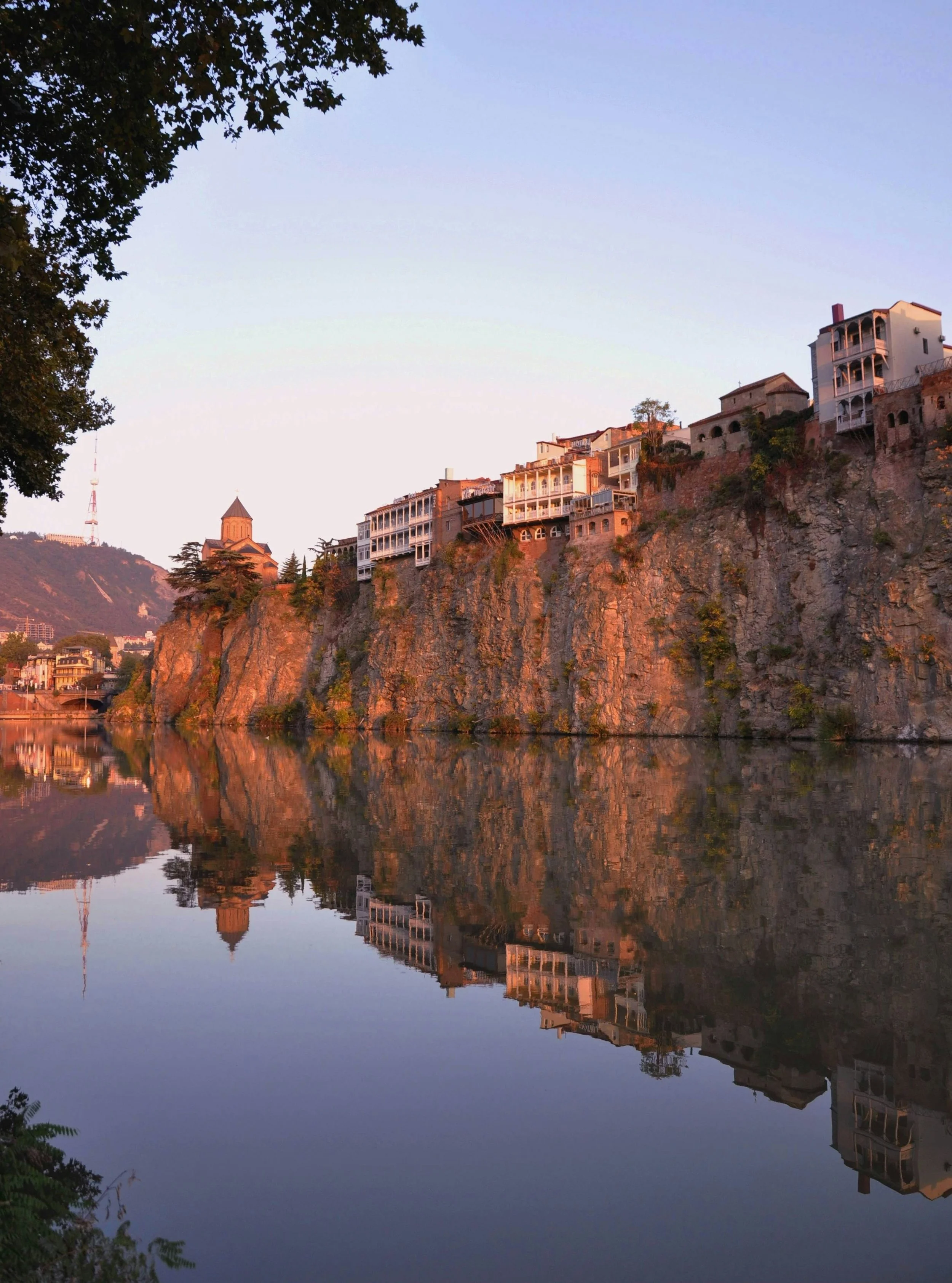the origin of wine
from chambongs to ‘can i have a dry, red wine please?’
i meant it when i said i knew nothing about wine before france. my “expertise” was two things: how to do a chambong in five seconds and how to finish a bottle of la marca prosecco before a bar crawl (i was a college kid at a state school. sue me).
then i moved and learned quickly: wine is for sipping, not downing. you should’ve seen the frenchie’s when my american friend brought chambongs to a new year’s party in Paris (don’t worry they did warm up to it eventually).
so if wine feels like its own culture (because it is), how did we get here? who was the first genuis who smelled a batch of fermented grapes and thought, “yeah, i’ll try that”? this is the start of history lesson : how wine began, why it stuck, and how it turned into a way of life.
photo summary of my college experience - also who let me cut my bangs like that??
do we know where wine came from?
short answer: not really. long answer: we know wine is old, and a “type of wine” probably started when cavemen left fruit to rot and naturally ferment. like us today, they figured out they kind of loved being a little tipsy on a sunday afternoon after a long day of foraging in the forest.
the earliest evidence of a fermented drink shows up in jiahu, a neolithic village in china. scientists tested pottery and found traces of a mixed brew of rice + honey + fruits (likely including wild grapes). not exactly a nice cabernet, but it proves humans were fermenting on purpose, not just eating weird stuff off the ground and hoping for the best.
do we know where grape wine was first produced?
the first bit of evidence comes from georgia (the country, not the state). early on, people weren’t that far from their cave ancestors: they would toss grape bunches into pits and let fermenting do it’s thing. then came the the discovery of the joy of ✨ containers ✨ and a process was born. they would press grapes, fill terracotta jars, seal them with wax or clay, and sometimes bury them to keep temps steady (keep in mind this took them over 2000 years to develop).
once containers made wine repeatable, viticulture (growing grapes on purpose) took off west with the traders across the mediterranean—arriving to armenian caves, greek islands, and levantine ports which is where we will explore in our next post!
Tbilisi, Georgia | Credit: Unsplash, Nino Gakhokia
Bonus: the first known winery
In 2017, archaeologists digging just south of Tbilisi found pottery dating to around 6000–5800 BCE with the chemical fingerprints of grape (tartaric acid), grape pollen in the soil, and even grape motifs on the pots. Translation: people were making grape wine eight. thousand. years. ago—before the wheel, writing, Stonehenge, or the pyramids.
The picture that emerges is surprisingly modern: grapes pressed in cool spaces, juice fermented in large clay vessels, then decanted into smaller jugs and hauled to nearby villages when ready.
Read more on National Geographic
April | Brut Honesty

